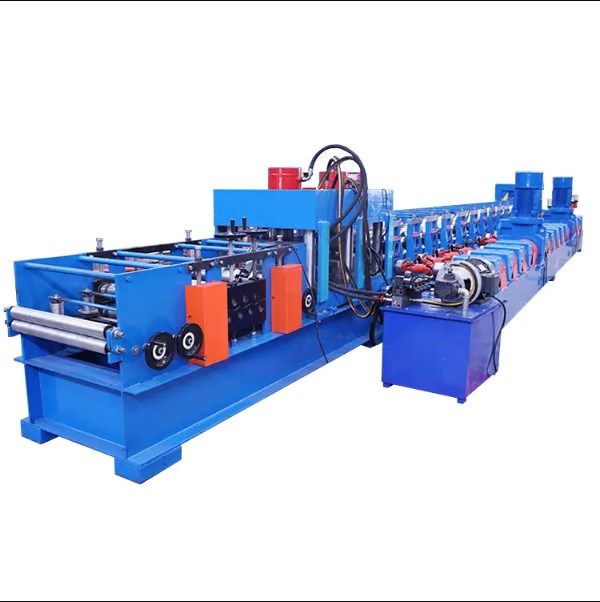Guardrails play a crucial role in ensuring safety on roads, highways, and other elevated structures. They provide a protective barrier that prevents vehicles from veering off the road or crossing into opposing traffic lanes. Traditionally, the manufacturing of guardrails involved labor-intensive processes. However, with the advancements in technology, guardrail rolling machines have emerged as a game-changer in the industry. In this article, we will explore the benefits, working principle, and applications of guardrail rolling machines.
Understanding Guardrail Rolling Machines
Guardrail rolling machines, also known as highway guardrail roll forming machines, are specialized equipment designed to manufacture guardrail systems. These machines utilize a roll forming process, where a continuous strip of steel or other suitable material is fed into the machine and shaped into the desired guardrail profile. The machine consists of multiple sets of rollers and cutting mechanisms that transform the raw material into precise guardrail components.
Working Principle of Guardrail Rolling Machines
Guardrail rolling machines follow a systematic working principle. The process begins with the feeding of the steel strip into the machine. The strip passes through a series of rollers that gradually shape it into the desired guardrail profile. The rollers apply pressure and bend the steel strip to achieve the desired curvature and dimensions. Additionally, the machine incorporates cutting mechanisms that precisely cut the formed guardrail components to the required lengths. This automated process ensures high precision and efficiency in guardrail production.
Advantages of Guardrail Rolling Machines
Enhanced Efficiency: Guardrail rolling machines significantly improve manufacturing efficiency compared to manual processes. These machines can produce guardrail components at a faster rate, reducing production time and increasing overall productivity.
Precision and Consistency: Guardrail rolling machines ensure precise shaping and consistent quality throughout the production process. The automated system eliminates human errors, resulting in uniform guardrail components that meet industry standards and specifications.
Customization Options: These machines offer flexibility in terms of guardrail design and dimensions. Manufacturers can adjust the machine settings to produce guardrails of different profiles, lengths, and thicknesses to meet specific project requirements.
Cost-Effectiveness: By automating the guardrail manufacturing process, these machines help reduce labor costs and minimize material wastage. The precise shaping and accurate cutting minimize material scrap, leading to cost savings in the long run.
Applications of Guardrail Rolling Machines
Guardrail rolling machines find extensive use in the construction industry for various applications, including:
Highways and Roads: Guardrails produced by these machines are essential safety features on highways, roads, and bridges, preventing accidents and protecting motorists.
Parking Garages: Guardrails are installed in parking garages to enhance safety by preventing vehicles from colliding with walls, columns, or other parked cars.
Industrial Facilities: Guardrails are commonly used in industrial facilities to protect workers and equipment, especially in areas where there is a risk of falls or collision with moving machinery.
Public Spaces: Guardrails are also installed in public spaces, such as parks, playgrounds, and pedestrian walkways, to ensure the safety of pedestrians and prevent unauthorized access to restricted areas.
Guardrail rolling machines have revolutionized the manufacturing process of guardrails, offering enhanced efficiency, precision, and customization options. With their ability to produce high-quality guardrail components at a faster rate, these machines have become indispensable in the construction industry. By embracing this technology, guardrail manufacturers can streamline their production processes, improve safety on roads and highways, and contribute to the overall infrastructure development.

